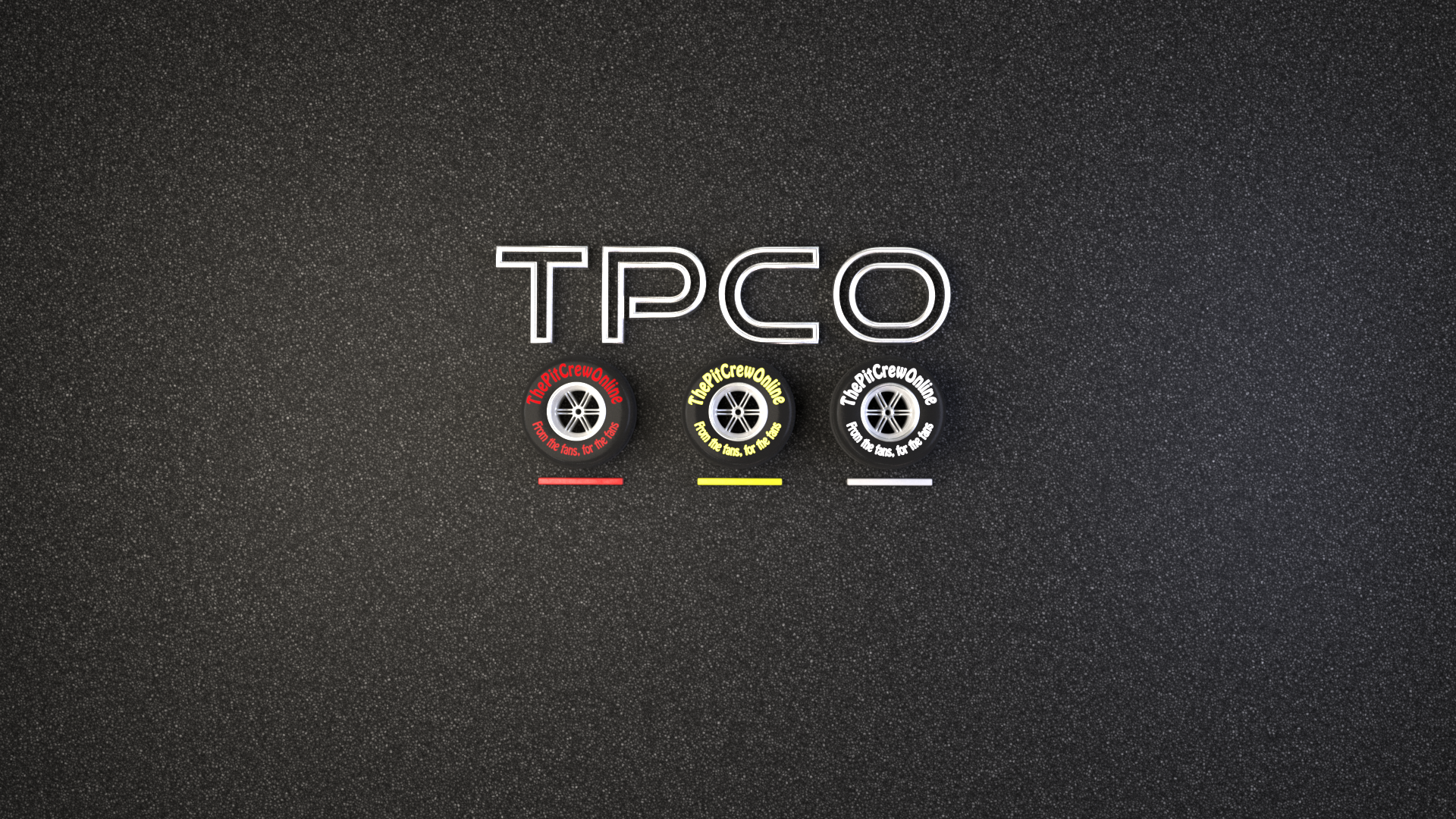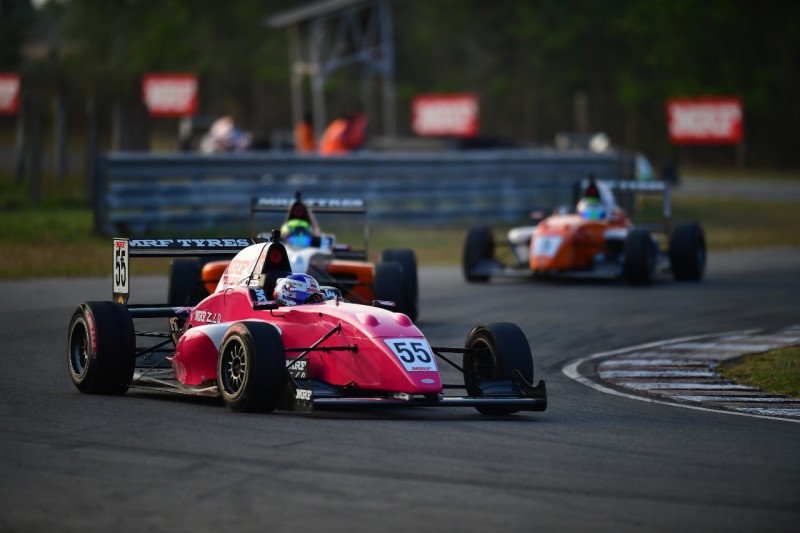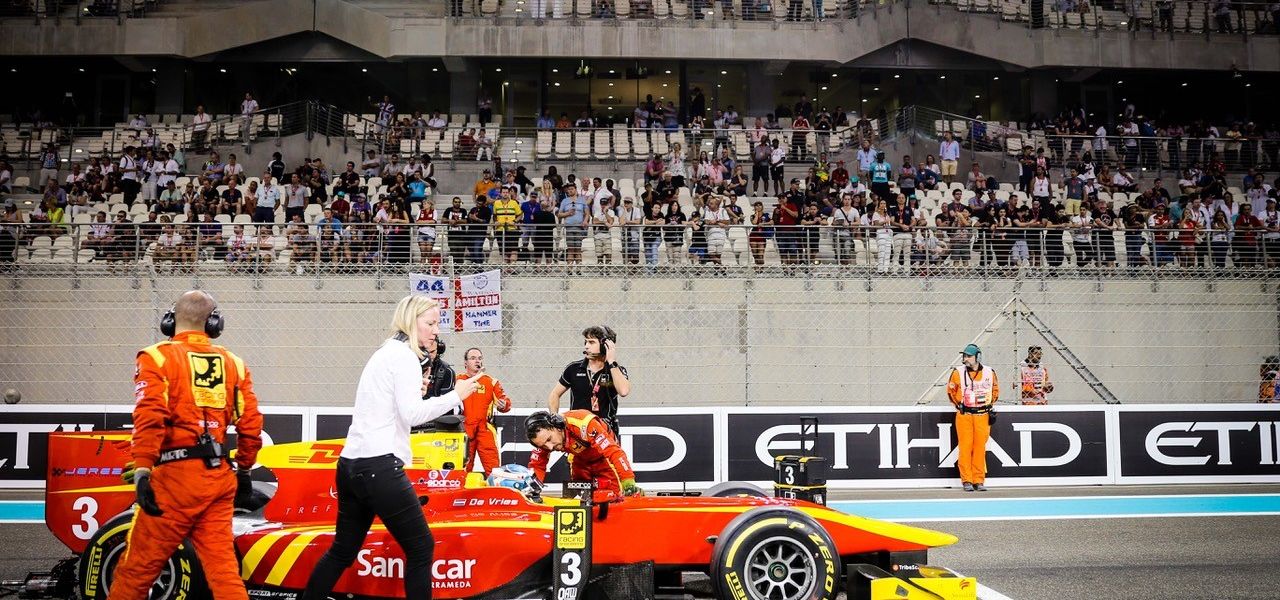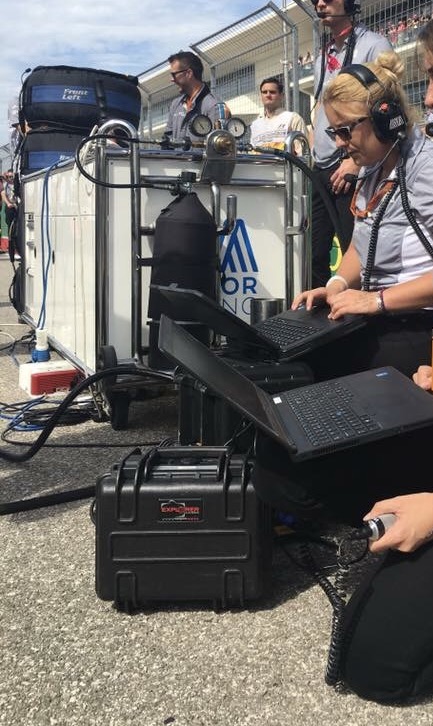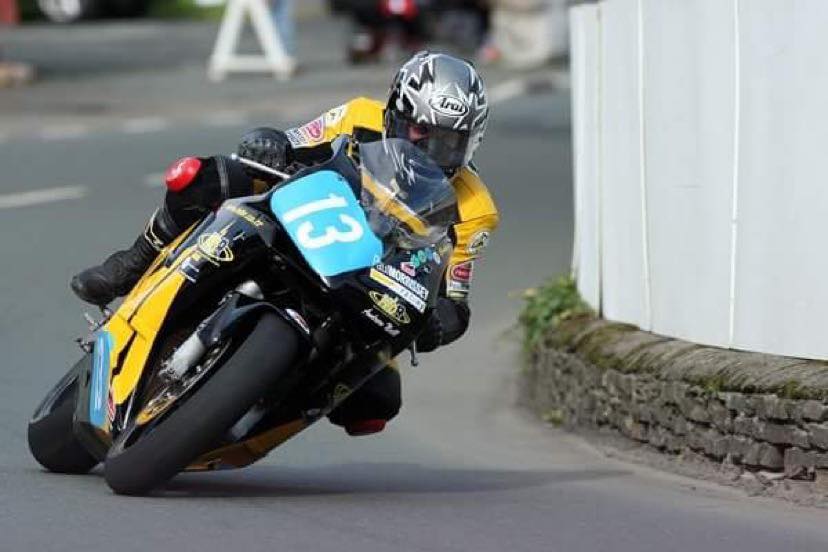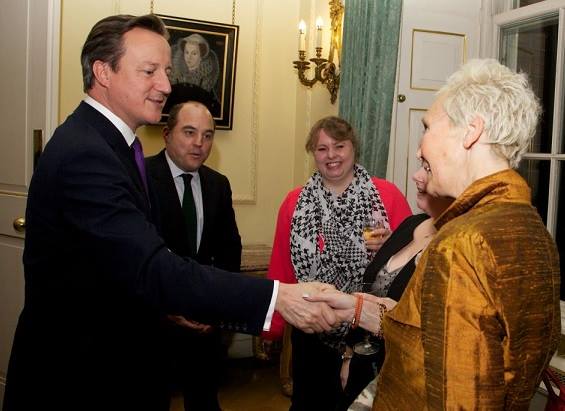Sabré Cook hit the headlines last year when she won the Renault Infiniti Engineering Academy scholarship at the US GP, but her story goes much further back than that. She balances careers in both racing and engineering , chasing her dreams and encouraging others to follow theirs.
Emily Inganni: What inspired you to start racing?
Sabré Cook: My father used to race motocross and supercross professionally, and he and my mother didn’t want my brother and I racing motorcycles so we got into karting. Things started out slow, they even called me driving miss daisy at first! I remember getting teased by one of the boys about him being faster than I was and that really didn’t sit well and just flipped a switch for me. I remember telling my dad through tears that if I had a proper kart (I had an old one just for fun as I wasn’t too serious about racing yet) I could win. Well, he got the kart and the very next race I won. From then on I was hooked and my competitiveness and passion only grew from there.
EI: You’ve raced in both USF2000 and F4 United States in 2018, how would you compare the two series?
SC: Both USF2000 and F4 are a great platform for starting along the ladder system to professional open-wheel racing in the US. USF2000 has great competition and provides unique opportunities being paired with the IndyCar calendar. F4 also has good racing, the amazing venue pairing with the US F1 GP at COTA, and the overall cost is lower. Both are good series fielded with talented drivers.
EI: What drew you to the engineering side of the sport?
SC: I’d always enjoyed school, specifically math and science subjects. Growing up working on my kart with my dad only fed my interest in the science behind motorsports. Then throughout school, I was blessed with several amazing teachers who nourished my desire to learn.
EI: How did the opportunity with Renault’s INFINITI programme come about?
SC: The Infiniti Engineering Academy (IEA) is a global opportunity available to all engineering and science-related undergraduate and graduate candidates. The program offered by the IEA is the only program in the world that offers a placement for young engineers that stretches from the road car side of the industry to the motorsports side. And not just any motorsports, it’s Formula 1. Having access to work in F1 is a treat very few engineers get. Candidates can apply online and learn more about the program at www.academy.infiniti.com. I highly recommend checking it out!
EI: What was the selection process like?
SC: The process first begins with submitting your CV online and taking a short test at www.academy.infiniti.com. Candidates are then selected to be a part of the Skype Interview phase. From there only 10 are chosen from each of the 7 global regions to compete at their respective regional final. (The seven regions being Europe, Asia & Oceania, Canada, US, Mexico, China, and Middle East.)
Each of the finals extended over two days. On the first day, the 10 finalists complete several challenges including an engineering exam, individual interviews with the judges, and team challenge created by Harvard University; after that, we were divided into two teams to build an RC car and then compete against the other team in a drag race. Three of us then progressed to the second day, which took place in the Renault F1 Team garage at the Circuit of the Americas the day before the Formula 1 US GP.
On the second day, myself and the other two finalists that made it through completed a technical F1 challenge; this challenge varies per region and it is normally designed by one of the Renault F1 Team technical partners (Pirelli, Castrol, etc.); ours was designed by Perkin-Elmer and it was about diagnostics and trying to find suspect substances in a sample taken from the air filter of the F1 car. This was then followed by the media challenge, which essentially is a simulated press conference with a 30-minute grilling from journalists.
The judges then selected a winner and the announcement was made in front of the Renault F1 Team garage by Nico Hulkenberg. It was a truly amazing experience, to say the least!
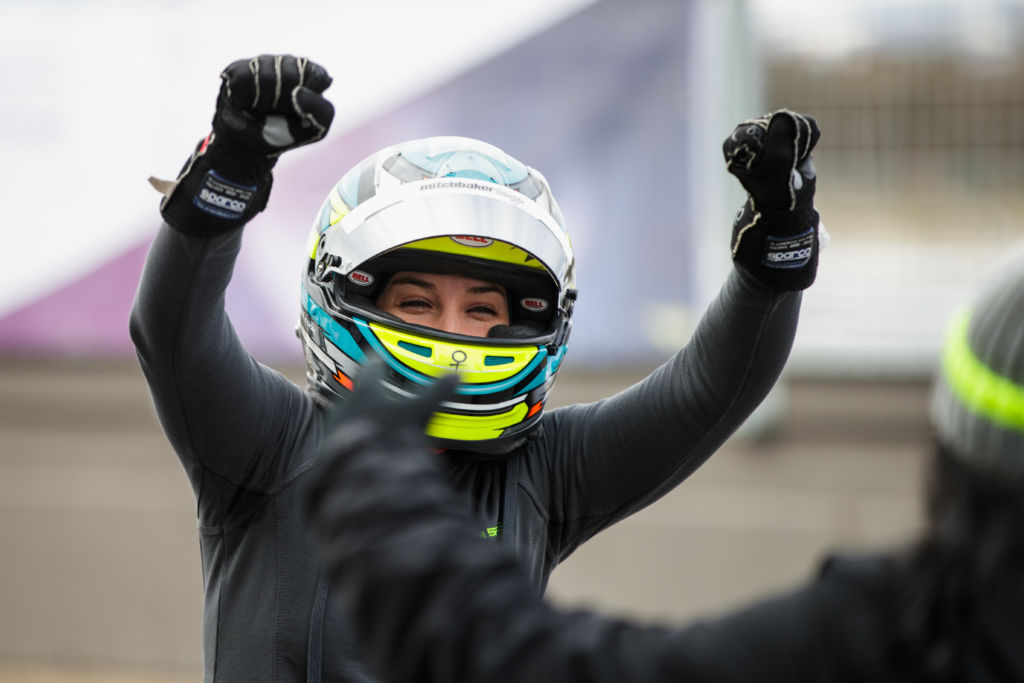
Melk, Austria.
Monday 28 January 2019.
World Copyright: Zak Mauger/LAT Images
ref: Digital Image _54I4037
EI: What will your 12-month placement at Renault involve?
SC: The Infiniti Engineering Academy placement offers 6 months at Infiniti Technical Center and 6 months at Renault F1. I’m currently at the beginning of my placement as a Vehicle Test Engineer at the Infiniti Technical Center. I will be working as a Composite Design Engineer for the second half of my placement when I transition to Renault F1 in the middle of 2019.
EI: Women are still in the minority in both racing and engineering, have you seen progress being made during your time in the industries, or is more change needed?
SC: There is certainly an increasing number of women involved in STEM-related jobs, and of course I hope this trend will continue. Racing is a different story, as the number of females involved seems to come in waves. The core issue is that not enough girls are starting at the roots in karting or other introductory levels. Most girls are not encouraged or know motorsports to be an option for them. I was blessed to have parents that believed I could do whatever I put my mind to regardless of the activity or my gender. The more parents that encourage their daughters, the more women in the industry that speak out, take action, actively support programs to get girls more involved, and publicly put out there that little girls can choose motorsports as a career path, the more likely it is we will see the number of female racers steadily increase.
EI: How are you going to juggle your racing and engineering commitments this year, will one have to take priority?
SC: I’ve balanced racing and school/engineering since I can remember. Time management, having the right focus, and asking for help when you need it are all key. Engineering and racing go hand in hand, so one skill is always helping improve the other. I am very blessed that the Infiniti Engineering Academy fully supports my passion and ambition to continue racing, and vice versa with my racing partners understanding and supporting my desire to be an engineer.
EI: What does the future hold for you in both racing and engineering?
SC: Truly I cannot be sure, and it will depend on how this year unfolds. That’s life though, the route to your goals never goes exactly to plan. My goals remain the same though, to be an IndyCar driver or F1 Race Engineer… or both! Life is unpredictable, so I cannot say exactly what my path will be. All I know is that I am going to work as hard as possible to achieve my dreams.
EI: What advice would you give to any youngsters dreaming of careers in racing or engineering?
SC: Go for what you want, and don’t let the fear of failing hold you back. Believe in yourself. Learn from every opportunity and keep everything in perspective. Positivity is a choice. Embrace every event, even if it seems less than ideal, there is always something to be gained. But most of all NEVER GIVE UP!
